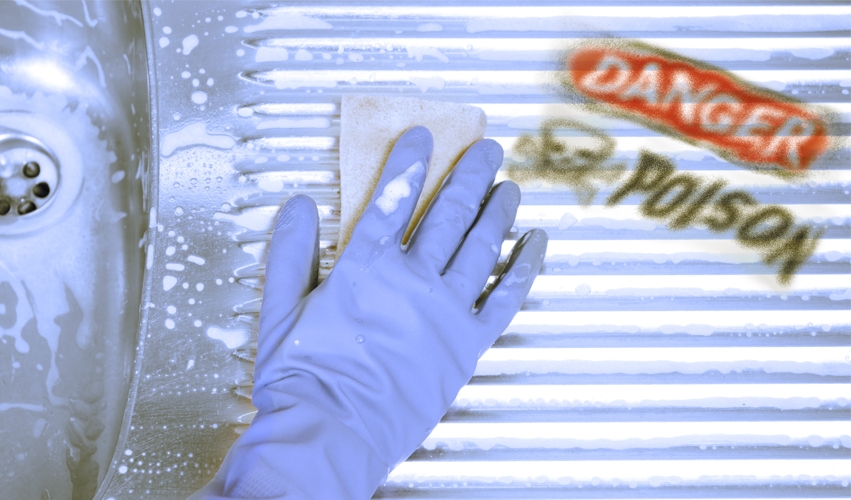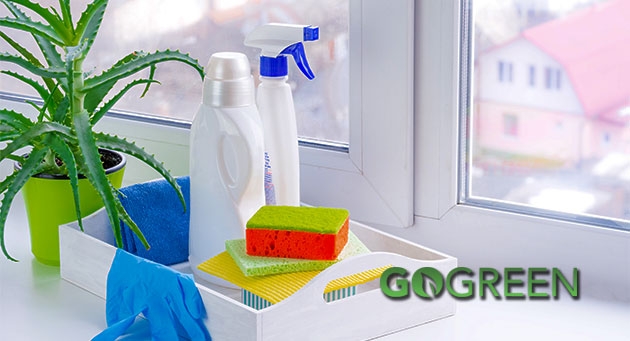When it comes to cleaning, the image of hard work usually accompanies it – as in it’s hard work to clean your living room, clean the kitchen and clean your entire house. Abrasive cleaners bring their own ‘hard work’ to the cleaning game, with built-in elbow grease, if you will.
Abrasive cleaners are designed to remove relatively heavy amounts of soil often found in small areas. They come in powder and liquid form and they help cut down on the hard scrubbing required to remove soil. Dry abrasives, or powdered cleansers, contain materials that wear the dirt off and is a staple among household cleaners. The cleaning and polishing action of powdered cleansers is made possible by the fine particles of common minerals. Calcite, feldspar, quartz, silica, pumice, and marble are just some of the minerals used in dry abrasives today. They also contain small amounts of surfactants for removing oils such as the greasy film found in sinks after dish washing. When removing food, beverage or mold stains, a bleaching agent is usually present. If removing rust stains, oxalic acid or sodium hydrosulphite would be found in the cleanser. Sandpaper, steel wool, scouring pads, plastic and nylon meshes are also considered dry abrasives but are obviously not powdered cleansers, more along the lines of abrasive cleaning tools.
You can’t have the dry without the wet abrasives or liquid cleansers. They have solid abrasive particles, just like dry abrasives but they are contained in a thick liquid matrix. This makes for easier an application and you have more control with this type of abrasive, being able to pinpoint where you use the cleanser. They have more surfactants and softer abrasives than powdered cleansers, giving you a gentler abrasive action. You would use liquid cleansers instead of powdered cleansers when the item or items to be cleaned are primarily made of softer or sensitive materials.
Ready to Talk to Us About Your Cleaning Needs?
Contact Us
At Go Green, we’re not just a cleaning company. We’re your partners in creating a cleaner, healthier, and more sustainable environment for your business in Edmonton.
(780) 437-1011Your Partner for Eco-Friendly Cleaning
Recommended Articles
At Go Green, we’re not just a cleaning company. We’re your partners in creating a cleaner, healthier, and more sustainable environment for your business in Edmonton.

With over 40 years of combined experience in the field of facilities services, We offer our clients top quality cleaning and maintenance services with high standards, and we are committed to only using environmentally friendly cleaning products. Read more below to learn about touch point cleaning, and why keeping your spaces clean is important to your health.
Read More
Typical household cleaners are on the top of the list of dangers in our homes. They cause indoor air pollution, which means many of us will suffer from skin, respiratory and eye irritation. Even if you leave your windows open and turn your bathroom fan on, you are still inhaling and exposing yourself to these chemicals.
Read More
